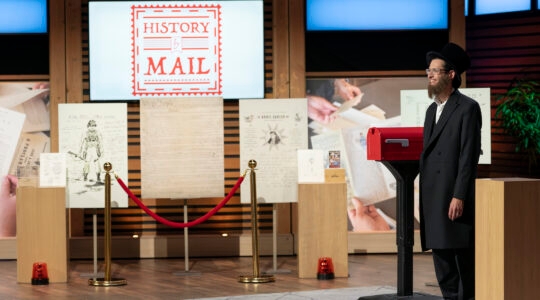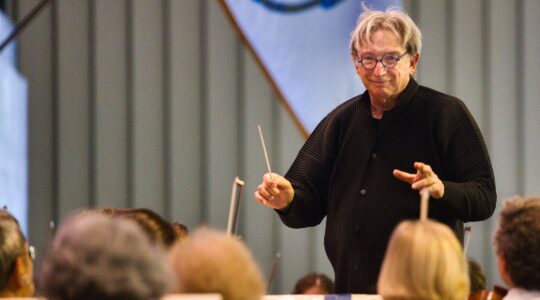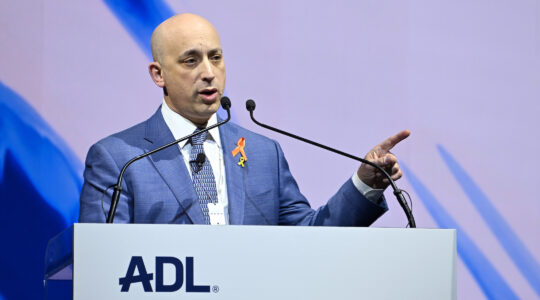JERUSALEM — Ever wonder about Albert Einstein’s love life?
Now you can get a firsthand glimpse by searching the newly improved Einstein Archives website, which relaunched Monday with expanded offerings.
The online archive now makes available digitally 2,000 documents from Einstein’s papers and other sources, as well as a searchable catalogue of more than 80,000 documents held in the Einstein Archives at the Hebrew University of Jerusalem.
“You see a person who makes mistakes, crosses things out and rewrites just like everyone else,” said Menachem Ben-Sasson, the Hebrew University’s president. “It shows that even a genius is human.”
Regarding Einstein’s romantic life, there are dozens of love letters that he wrote to his future second wife while he was still married to his first. There is also a letter from his mistress Betty Neumann, who fell in love with Einstein in 1923 when she was 23 and he was 44. Their affair lasted nearly a year. In the letter, written in 1938, Neumann asks Einstein, who had moved to the U.S., for help escaping Germany. Einstein is able to help her and she escapes the Holocaust.
Einstein, who lived from 1879 to 1955, was a founder of the Hebrew University and one of its most loyal supporters. In his will he bequeathed all of his writings — as well as the rights to the use of his image — to the university.
The online archive is the result of a partnership between the Albert Einstein Archives at the Hebrew University, the Einstein Papers Project at the California Institute of Technology and the Princeton University Press.
An earlier version of the site, launched in 2003, featured 900 manuscripts and a catalogue of 43,000 records.
“The renewed site is another expression of the Hebrew University’s intent to share with the entire cultural world this vast intellectual property which has been deposited into its hand by Einstein himself,” said Hanoch Gutfreund, a physicist, former president of the Hebrew University and the academic head of the Einstein Archive, in a statement.
The current digitization project is funded by the Polonsky Foundation UK. Leonard Polonsky recently helped digitize a similar archive belonging to Isaac Newton.
At a Jerusalem news conference, Polonsky cited the fates of the ancient Library of Alexandria, which burned in a fire in 48 BCE, and of the libraries in Hiroshima and Nagasaki.
“What happened to the libraries there?” he asked. “Now these documents can never be destroyed.”
In addition to the famous theory of relativity in Einstein’s own handwriting, the online archive features his non-scientific papers. In one letter, written to Azmi El-Nashashibi, the editor of Falastin newspaper, Einstein offers a plan for ending the Arab-Israeli conflict: Each side should appoint a four-person delegation, including a lawyer, a doctor and a clergyman, and they would meet continuously, in secret, until they reached a solution.
“Maybe if nothing else works, this is a good way to reach an agreement,” Gutfreund said.
A number of documents of correspondence between Einstein and the Jewish Telegraphic Agency were discovered recently in the JTA archives in New York. The correspondence included four signed letters from Albert Einstein sent during 1947 and 1948.
JTA has documented Jewish history in real-time for over a century. Keep our journalism strong by joining us in supporting independent, award-winning reporting.





